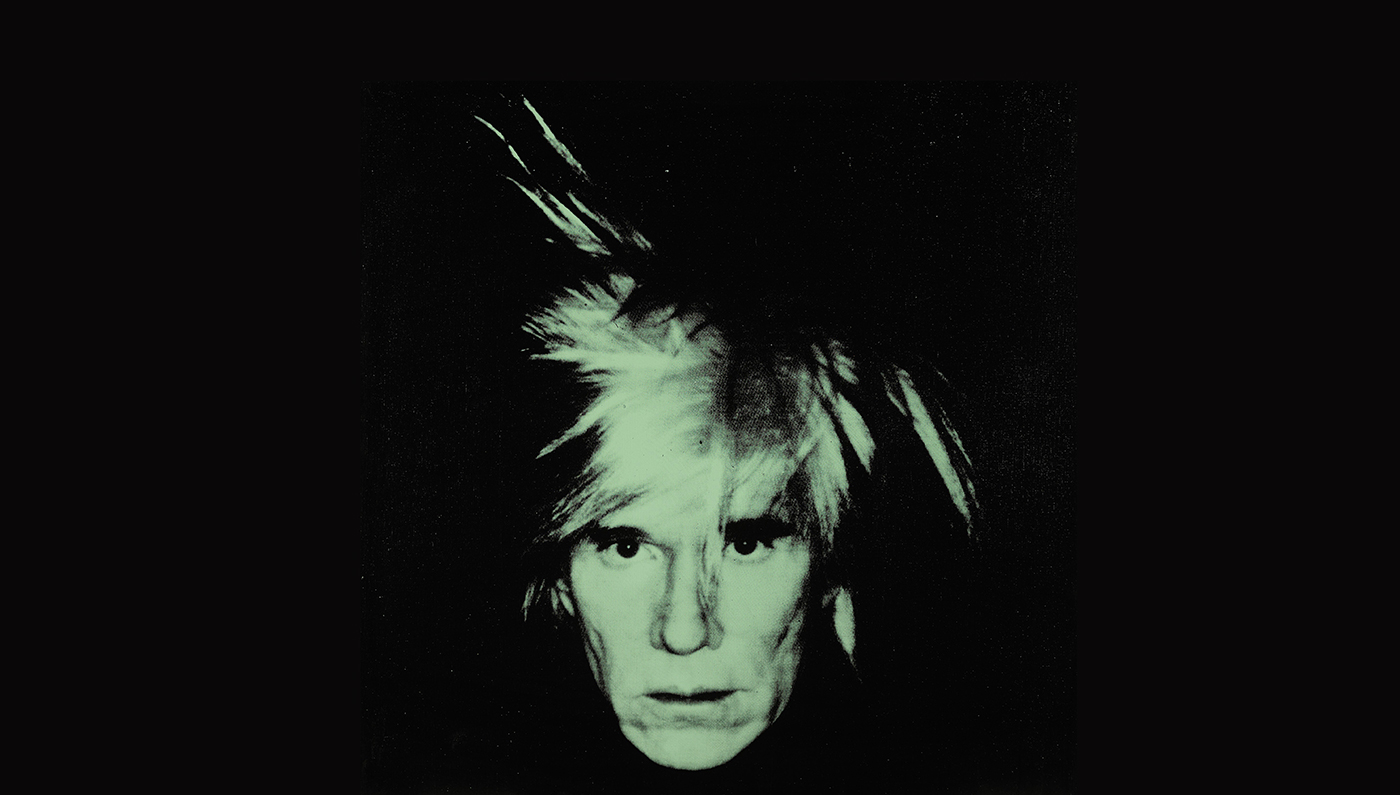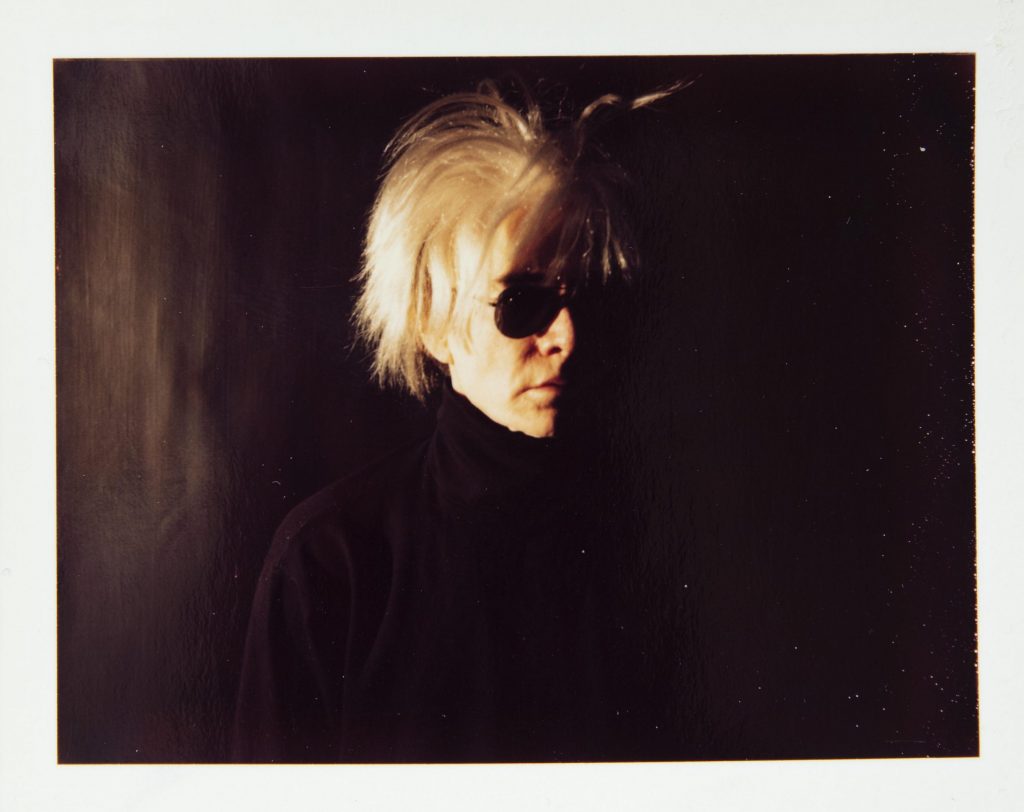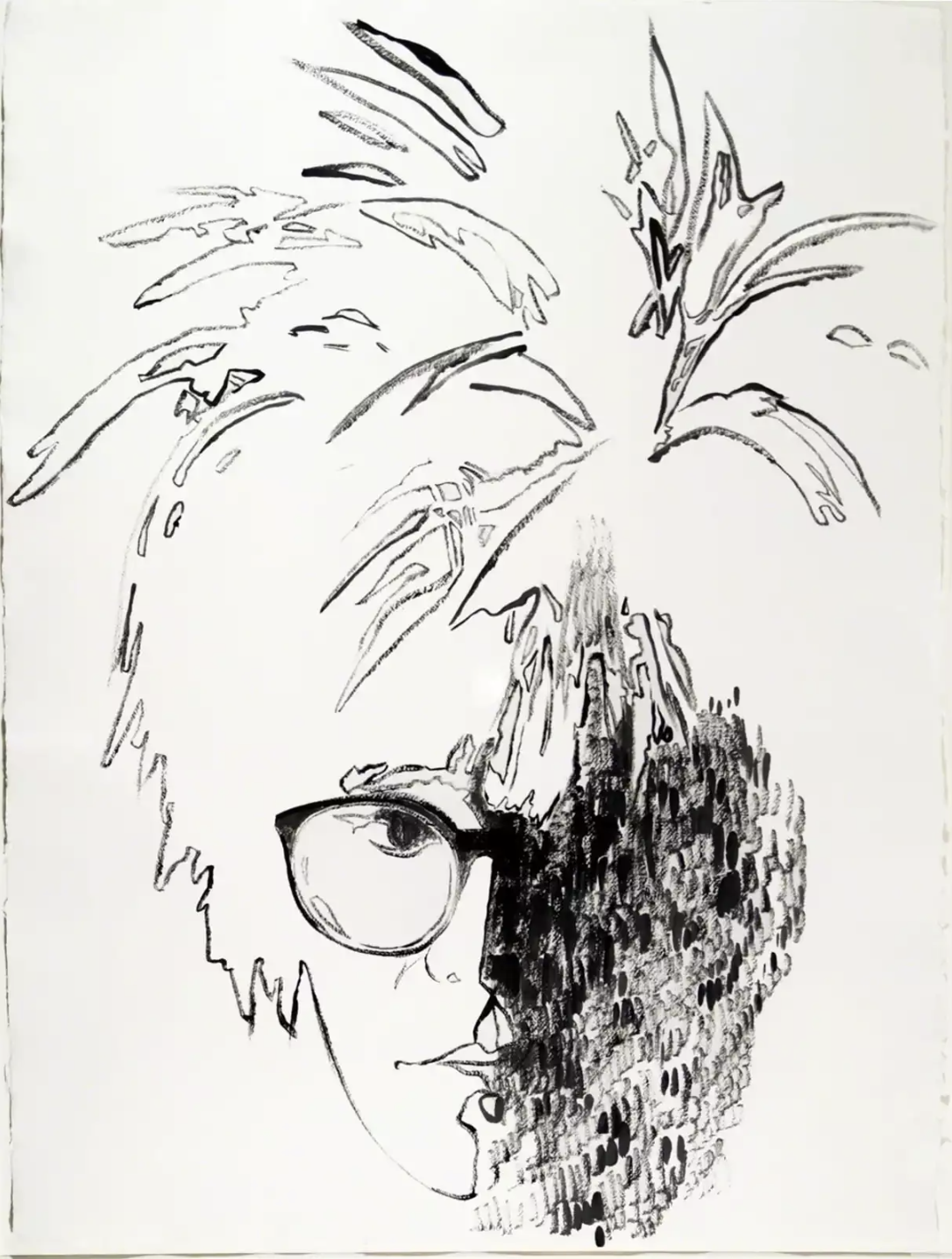Meditations on Andy Warhol’s Fright Wig

In his early 20s, Andy Warhol began wearing a wig. At first, it was to disguise his hair loss. However, as the years went on, the unique silver wig contributed to his avant-garde mystery, and the wig, a means of concealment, became a recognisable feature of the public figure of the artist. With his signature wig, Warhol imprinted his image on the world. It was part of his trademark style and his presentation as an artist. Three of Warhol’s precious coiffured wigs were even exhibited at Tate Modern’s grand 2020 Warhol retrospective. Gregor Muir, the co-curator, described, “It was a little eerie, it has to be said, but at the same time – it is him.”
Paul Bochicchio, a wig maker in New York, made a custom wig by stitching hair imported from Italy directly. Warhol’s wig collection gradually changed from blonde to silver-white over time. He was said to have had dozens of different silver wigs.
Since wigs were an essential part of Warhol’s artistic identity, Warhol treated them as if they were part of the body. He trimmed his wig as if he were cutting his hair, went to the hair salon to cut his wig, and the following month he went to the hair salon with a long wig and acted as it had grown. At the same time, he was extremely terrified of being without one. Warhol used strong glue on his hair pieces because he feared they would ‘fly away. In October 1985, a young woman snatched his wig at a book signing event in New York. On that day, Warhol noted in his diary, ‘I don’t know what held me back from pushing her over the balcony.’

His obsession with wigs is also evident in portraits. The self-portrait always has a simple enough subject, the artist himself. However, Warhol hid his true self even in his portrait by wearing a wig. Warhol would often remove distinguishing features through the use of light contrast. Andy Warhol’s self-portrait photography strengthened his celebrity status, and self-portraits with silver hairpieces became a central feature of the image Warhol presented to the world in public appearances. Warhol curated his very existence alongside his art to become a living myth, an urban legend during his time.
Warhol’s Self-Portrait with Fright Wig was shot in 1986 (shown above), a year before he died of cardiac arrest that ensued after gallbladder surgery. By that point, the wig had become metonymic for the artist himself. Warhol hides his ‘natural’ features by concealing his face by adding a wig, sunglasses and a dramatic contrast between light and shadow. The combination of a dishevelled wig, his strange expressionless face, and an absence of gaze heightens the tragic atmosphere and overloads the sensorium with moroseness.

By wearing a wig, Warhol reveals the appearance of being disguised to look fearful and different. The wig completes a contradiction. It satisfies both the artist’s desire for self-exposure and protects privacy in Warhol’s self-portraiture. The wig was Warhol’s artistic identity, an essential medium used to conceal his flaws while expressing his superficial himself. The wig was a protective device but also a tool to project and reveal himself to the public art world. It serves as a powerful medium to track his life after his death.
If you find yourself in London, contact us to arrange a viewing of our Warhol photography exhibition.